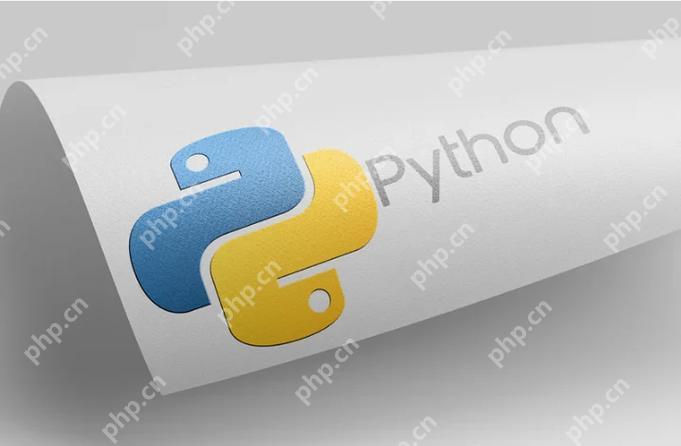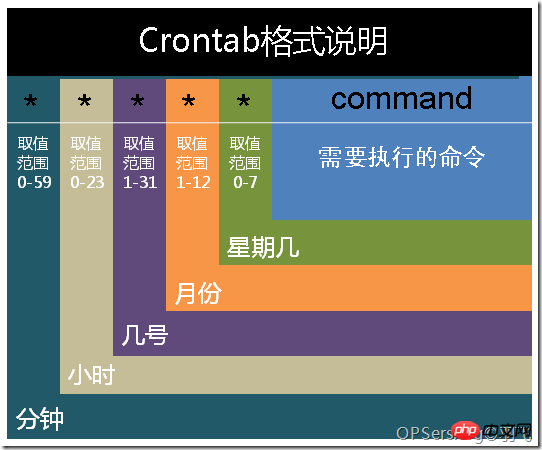面向对象编程(oop)在python中通过类和对象实现,主要包括以下核心概念:1. 类和对象:类是对象的蓝图,定义了对象的属性和方法。2. 继承:允许类从其他类继承属性和方法,促进代码重用。3. 多态:同一方法在不同类中具有不同实现,增强代码灵活性。4. 封装:通过私有属性和方法隐藏内部实现细节,提供必要接口。

引言
当我第一次接触编程时,面向对象编程(OOP)就像一个魔法世界,充满了神秘和无限可能。这次我们将深入探讨什么是面向对象编程,以及如何在python中实现它。通过这篇文章,你将不仅了解OOP的基本概念,还能掌握如何在Python中灵活运用这些概念来编写更高效、更易维护的代码。
基础知识回顾
面向对象编程是一种编程范式,它通过将数据和操作数据的函数封装在对象中来组织代码。Python作为一门支持多种编程范式的语言,提供了丰富的工具来实现OOP。
在Python中,对象是类的实例,类定义了对象的属性和方法。Python的类和对象系统非常灵活,支持继承、多态和封装等OOP的核心概念。
立即学习“Python免费学习笔记(深入)”;
核心概念或功能解析
类和对象
在Python中,类是对象的蓝图,它定义了对象的属性和方法。对象则是类的实例,具有类定义的属性和方法。
class Dog: def __init__(self, name): self.name = name def bark(self): return f"{self.name} says Woof!" my_dog = Dog("Buddy") print(my_dog.bark()) # 输出: Buddy says Woof!
在这个例子中,Dog类定义了__init__方法来初始化对象的name属性,以及bark方法来返回一个字符串。my_dog是Dog类的实例。
继承
继承允许一个类从另一个类继承属性和方法,这有助于代码的重用和组织。
class Animal: def __init__(self, name): self.name = name def speak(self): pass class Dog(Animal): def speak(self): return f"{self.name} says Woof!" class Cat(Animal): def speak(self): return f"{self.name} says Meow!" dog = Dog("Buddy") cat = Cat("Kitty") print(dog.speak()) # 输出: Buddy says Woof! print(cat.speak()) # 输出: Kitty says Meow!
在这个例子中,Dog和Cat类继承自Animal类,并重写了speak方法。
多态
多态允许同一个方法在不同的类中具有不同的实现,这使得代码更加灵活和可扩展。
class Shape: def area(self): pass class Circle(Shape): def __init__(self, radius): self.radius = radius def area(self): return 3.14 * self.radius ** 2 class Rectangle(Shape): def __init__(self, width, height): self.width = width self.height = height def area(self): return self.width * self.height shapes = [Circle(5), Rectangle(4, 5)] for shape in shapes: print(f"Area: {shape.area()}")
在这个例子中,Circle和Rectangle类都实现了area方法,但它们的实现不同,这展示了多态的应用。
封装
封装是指隐藏对象的内部实现细节,只暴露必要的接口。Python通过使用私有属性和方法来实现封装。
class BankAccount: def __init__(self, balance): self.__balance = balance # 私有属性 def deposit(self, amount): if amount > 0: self.__balance += amount def withdraw(self, amount): if amount > 0 and amount <p>在这个例子中,__balance是私有属性,只能通过deposit、withdraw和get_balance方法访问和修改。</p><h2>使用示例</h2><h3>基本用法</h3><p>让我们看一个简单的例子,展示如何在Python中创建和使用类。</p><pre class="brush:python;toolbar:false;">class Person: def __init__(self, name, age): self.name = name self.age = age def introduce(self): return f"My name is {self.name} and I am {self.age} years old." person = Person("Alice", 30) print(person.introduce()) # 输出: My name is Alice and I am 30 years old.
这个例子展示了如何定义一个类,初始化对象,并调用对象的方法。
高级用法
现在让我们看一个更复杂的例子,展示如何使用继承和多态来创建一个简单的游戏系统。
class Character: def __init__(self, name, health): self.name = name self.health = health def attack(self): return 10 class Warrior(Character): def __init__(self, name, health, strength): super().__init__(name, health) self.strength = strength def attack(self): return 10 + self.strength class Mage(Character): def __init__(self, name, health, mana): super().__init__(name, health) self.mana = mana def attack(self): return 5 + self.mana // 10 warrior = Warrior("Conan", 100, 15) mage = Mage("Merlin", 80, 100) print(f"{warrior.name} attacks with {warrior.attack()} damage") print(f"{mage.name} attacks with {mage.attack()} damage")
在这个例子中,Warrior和Mage类继承自Character类,并重写了attack方法,展示了继承和多态的应用。
常见错误与调试技巧
在使用OOP时,常见的错误包括:
- 忘记调用父类的初始化方法:使用super().__init__()来确保父类的初始化方法被调用。
- 误用私有属性:私有属性在Python中通过双下划线前缀来定义,但它们并不是完全私有的,仍然可以通过名称改写访问。
- 忽略多态的优势:确保在设计类时充分利用多态来提高代码的灵活性和可扩展性。
调试技巧包括:
- 使用print语句或日志记录来跟踪对象的状态和方法的执行。
- 使用调试器来逐步执行代码,查看对象的属性和方法调用。
- 编写单元测试来确保类的正确性和可靠性。
性能优化与最佳实践
在Python中使用OOP时,以下是一些性能优化和最佳实践的建议:
- 避免过度使用继承:过多的继承层次会增加代码的复杂性和维护难度。考虑使用组合来替代继承。
- 使用@Property装饰器:使用@property装饰器来实现属性的getter和setter方法,可以提高代码的可读性和可维护性。
class Temperature: def __init__(self, celsius): self._celsius = celsius @property def fahrenheit(self): return self._celsius * 9/5 + 32 @fahrenheit.setter def fahrenheit(self, value): self._celsius = (value - 32) * 5/9 temp = Temperature(25) print(temp.fahrenheit) # 输出: 77.0 temp.fahrenheit = 98.6 print(temp._celsius) # 输出: 37.0
- 使用slots优化内存使用:在定义类时使用slots可以减少对象的内存占用,特别是在创建大量对象时。
class Point: __slots__ = ['x', 'y'] def __init__(self, x, y): self.x = x self.y = y point = Point(1, 2) print(point.x, point.y) # 输出: 1 2
- 编写可读性高的代码:遵循PEP 8风格指南,编写清晰、简洁的代码。使用有意义的类名和方法名,添加适当的注释和文档字符串。
通过这些实践,你可以在Python中更有效地使用面向对象编程,编写出更高效、更易维护的代码。




















